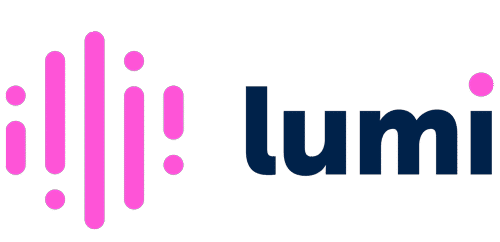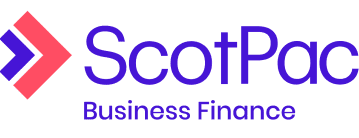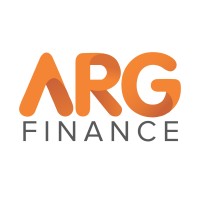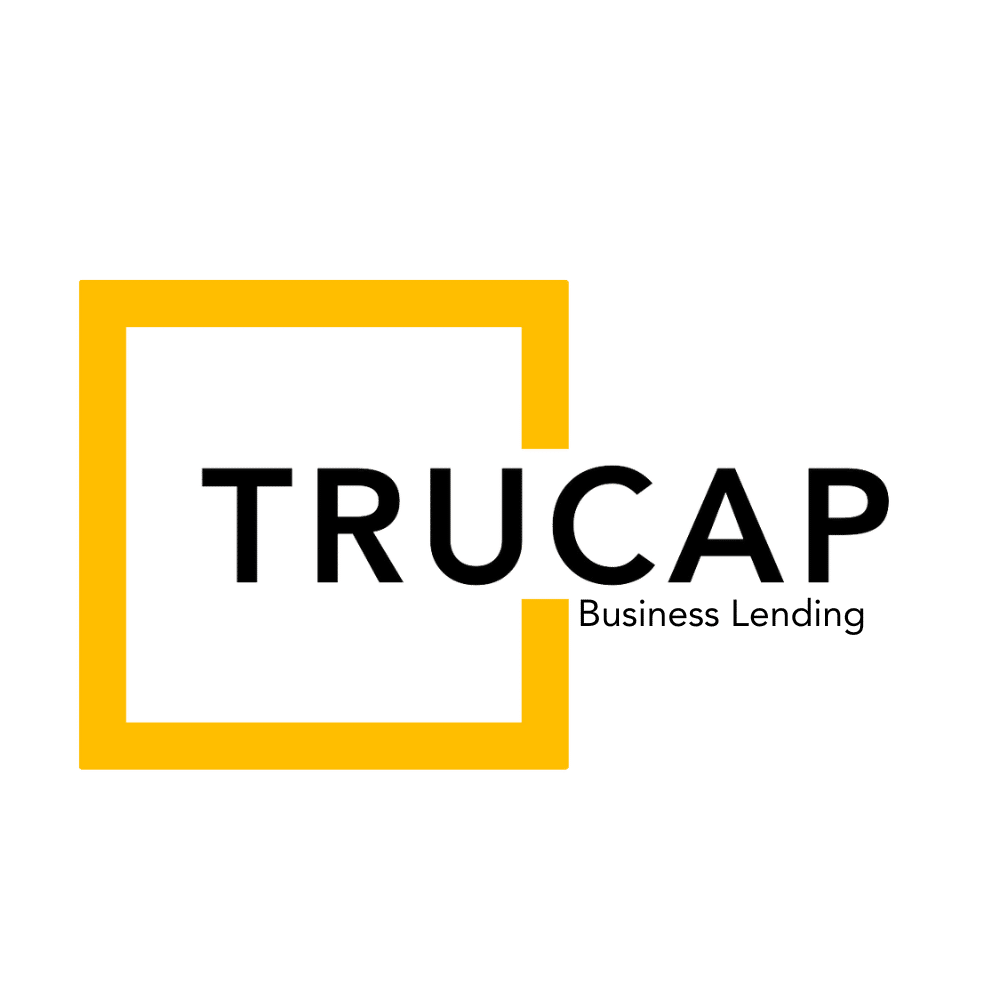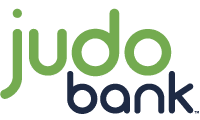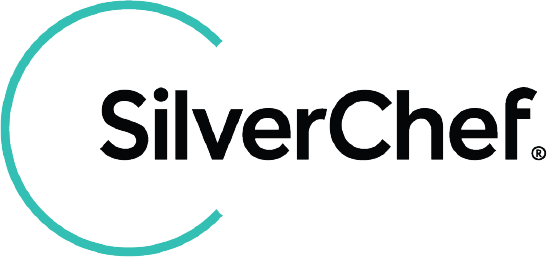An overdraft is a facility attached to your business transaction account that allows you to withdraw funds beyond a $0 balance at any time. This means you’ll be approved for borrowing up to a set limit and can access these funds whenever you like.
For example, if your business had an overdraft limit of $20,000, you could withdraw up to $20,000 at any one time, provided your outstanding debt doesn’t exceed that limit. You could access smaller amounts of $1,000 to $2,000 at any time without needing to seek out formal approval.
Once you’ve borrowed your money, the next step is chipping away at your balance. Unlike most loans, though, overdrafts often don’t have any formal repayment requirements (or very small minimum payments), meaning you can pay them at your own speed.
The important thing to note with repayments is that overdrafts generally have higher interest and fees than standard commercial loans, meaning it may end up being much more expensive overall if you only pay the minimum.
Why apply for a business loan with Savvy?
Expert brokers
You can speak with one of our specialist commercial brokers who can walk you through a range of loans to best suit your company's needs.
Over 40 lending partners
You can compare business loan offers, through a range of trusted lenders, maximising your chances of a great rate.
Fast online process
You can fill out our simple online form to generate a free business finance quote within minutes. You can also come back to it at any time.
Will my overdraft be secured or unsecured?
You’ll be able to choose whether to secure your overdraft or leave it unsecured. This means you’ll either attach a commercial asset owned by your business as collateral (secured) or leave it without any collateral (unsecured).
Secured overdrafts, like secured business loans, come with lower interest rates and fees than unsecured options, but generally take longer to process. This is because your bank will need to assess whether the asset meets its collateral requirements. They can also increase your maximum limit in some cases.
When it comes to unsecured overdrafts, these are suitable for businesses that don’t own major assets that meet their bank’s collateral requirements (such as being too old or not valuable enough) and want to arrange them quickly and easily. You can speak with a friendly Savvy consultant about the options on offer to your business when you apply with us.
How do I compare business overdraft facilities?
There are plenty of factors to consider when comparing your business account and overdraft options. Here are some of the main ones to think about:
- Minimum and maximum withdrawal limits: it’s crucial to make sure your business can access the amount you need. That’s why you should keep an eye on the smallest and largest available overdrafts.
- Interest rate: of course, the lower your rate, the less you’ll have to pay overall.
- Fees: the same applies to fees, with different lenders charging different costs like establishment (one-off) and line fees (percentage of total limit).
- Secured or unsecured: make sure the overdraft you’re applying for is offered with your choice of secured or unsecured.
- Eligibility criteria: every business will need to meet a set of requirements to be approved for an overdraft facility, so check these before you apply.
- Security requirements: if you’re applying for a secured overdraft, you’ll also need to ensure your asset meets your bank’s criteria.
When you apply with Savvy, all the comparing is done for you. Your consultant will consider options from our panel of trusted providers to find the best one to suit your business.
How are overdrafts different from line of credit loans?
Overdrafts and line of credit loans are very similar in how they function: both approve you up to a set limit, allow you to withdraw funds when you need them and allow you to pay them off at your pace. The only major difference between them is what they are (or aren’t) attached to.
A line of credit loan you receive from a lender will be just that: a loan. These facilities aren’t attached to any business bank accounts. This means that, while they are still one of the most flexible types of finance, they won’t be directly connected to a bank or credit card.
If you’re unsure which option is best for you, you can speak with a member of our team for more information about how these products work and what we might be able to help you with.
The benefits of business overdraft facilities
-
Simple application process
Applying for an overdraft is similar to that of a loan application, but can often be completed more quickly. For many lenders, it’s simply a matter of logging onto their website and applying through your account.
-
Flexible access to funds
You can draw on your credit at any time, without any additional approval needed. You can also repay the money as funds are available, making them very handy if your cash flow fluctuates.
-
Can be used for almost anything
There are few restrictions on what your overdraft funds can be used for, provided it's for business purposes. From bills and wages to equipment upgrades, special events and more, you can make it work!
-
Can be cancelled at any time
An overdraft facility can be shut down at any time, provided you don’t currently have anything owing on the account. Once it's paid off, you can simply close it if you decide you no longer need it.
Applying for a business loan
-
Review your lender’s criteria
Make sure you’re eligible to borrow. You’ll need to have been trading for at least six months, with some requiring a minimum monthly turnover of $5,000.
-
Gather your documents
Different lenders will require different documents, but you’ll need your ABN, GST, personal identification and select business financials for larger loans.
-
Apply and sign your contract
You can fill out your application form and submit it with your documents for a fast outcome and, if successful, your lender will send you a contract to sign.
-
Funds in your account
Once you’ve returned your contract, your lender can release the funds directly to your listed bank account, after which you can use them how you wish.
-
Funds in your account
Once you’ve returned your contract, your lender can release the funds directly to your listed bank account, after which you can use them how you wish.
Business loan eligibility and documentation
Eligibility
-
Age
You must be at least 18 years of age
-
Residency
You must be an Australian citizen or permanent resident (or, in some cases, an eligible visa holder)
-
ABN registration
Have an ABN registered in your name (available from as soon as one day after registration)
-
Usage
Meet business usage requirements (at least 51% of any asset you buy, for example)
-
Credit score
You must meet your lender’s minimum personal and business credit score requirements
-
Commercial asset
If you're buying an asset with a secured loan, it must meet your lender’s requirements in relation to its type, age and condition
Documents
-
Personal information
Such as your full name, date of birth, address and contact details
-
Driver's licence
Front and back (or another form of government-issued ID)
-
Assets and liabilities
Information about your business’ assets and liabilities, as well as those in your name
-
Asset details
If buying an asset, information such as its model and age, is worthwhile having on hand
-
Business statements
Business Activity Statements (BAS) and business bank statements may be requested, but not always
Tips for minimising your business overdraft costs
-
Choose a secured overdraft
By opting for a secured overdraft instead of an unsecured one, you can reduce the interest and fees you may be required to pay (though these are always set based on the business’ profile).
-
Pay down your balance quickly
Once you have withdrawn some funds, you should try to clear your balance as soon as possible. This could massively cut down on interest, especially if you were only planning to chip away at it slowly.
-
Only borrow what you need
Setting your borrowing limit at a higher level than you realistically need could serve as a temptation to overborrow or spend more than required, resulting in higher line fees and potentially more interest.
-
Compare your options carefully
Of course, by taking the time to compare as many options on the market as you can, you can pick the best available deal with more confidence. When you apply with Savvy, we’ll help you do just that.













